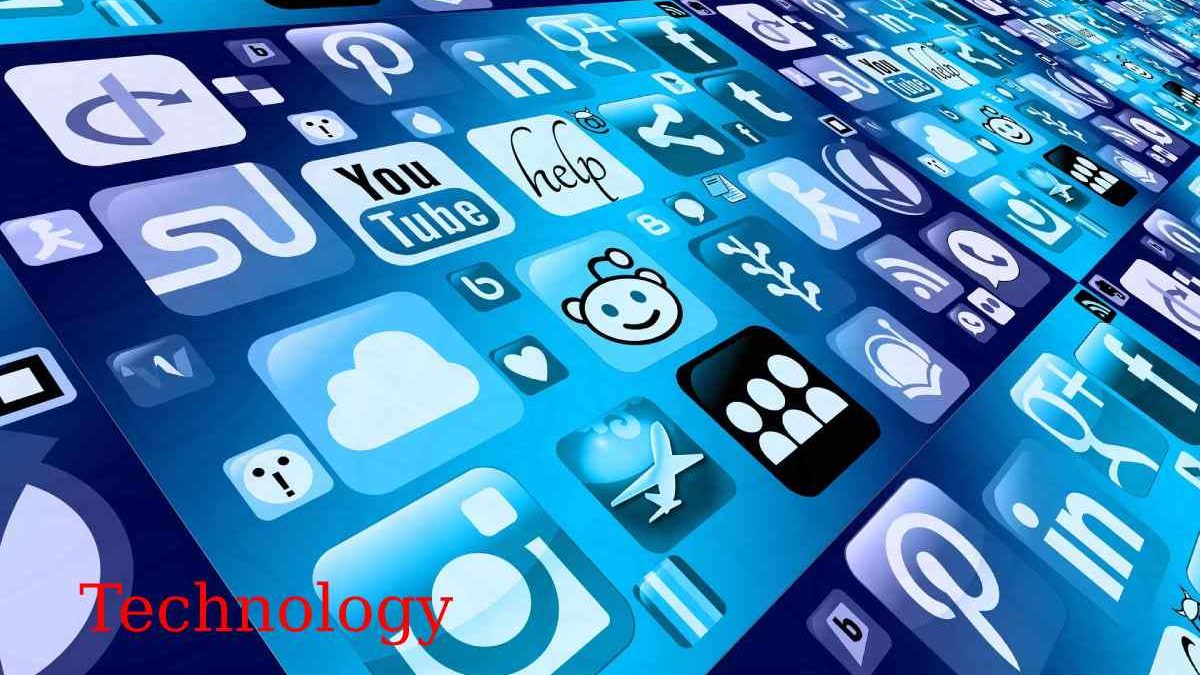Technology is the set of knowledge and techniques applied in an orderly manner to achieve a certain objective or solve a problem.
Technology responds to man’s desire to transform the environment and improve his quality of life. It includes knowledge and techniques developed over time that is used in an organized manner to satisfy some need.
Technology comes from the union of two Greek words: technique, art, and, which means skill on something.
Table of Contents
What Is A Technology For?
Technology is one of the four factors of production, along with capital, land, and labour. Man uses technology to satisfy his needs, which may involve transforming his environment, solving problems, increasing efficiency, improving aesthetics, etc.
Well-used technology can improve people’s quality of life (such as developing cleaner production methods). However, misused, it can cause great harm to people and society (for example, the use of technology for attacks and crimes).
Types Of Technology
Technology can be classified according to various criteria. For example, according to its tangibility, it is divided into:
- Soft: It brings intangible assets such as new economic theories or new resource management forms.
- Hard: It refers to the one that helps us produce tangible goods such as modern cars, anti-earthquake buildings, etc.
Likewise, according to the diversity of sectors in which it can be used, it is classified as:
- Flexible: It refers to the one applied in various activities and areas of study. Thus, for example, nanotechnology is used both in health and telecommunications.
- Fixed: It refers to a specific field—for example, a machine for surgical operations.
Advantages And Disadvantages Of Technology
Below we explain both the benefits and the consequences of technology in society:
Advantages:
Productivity increase. The advancement of technology has made it possible to create tools that have increased productivity in recent years. It has been achieved thanks to the automation of countless processes.
Communications improvements. The transportation of people and the methods of communication between individuals have greatly improved thanks to technology, providing greater ease in communications.
Cost reduction. The creation of more efficient systems or automation has made production processes cheaper.
Access to information. Today, we have access to virtually unlimited information thanks to technology.
The emergence of new business models. Undoubtedly, technology has brought about a revolution in the business world. The advance of this has given rise to many alternatives in the entrepreneurial world.
Advances in science. The creation of new machines intended for researchers has brought great advances and discoveries in areas as important as medicine.
Disadvantages:
Isolation of people. The appearance of social networks or streaming content platforms has led to a greater degree of loneliness in large part of the citizens.
Loss of privacy. Technological devices collect user information and distribute it among many companies.
Psychological problems. The constant exposure and visualization of “prototypes of people” has psychologically destabilized a part of society. They are generating depression or other negative disorders.
Sedentary lifestyle Society has very high inactive lifestyle rates due to the appearance of products such as electric scooters.
Environment. Technology allows for higher production than the environment can support. This situation brings an increase in, for example, natural disasters.
Difference Between Technology and Science
Technology and science are not the same, although they are related concepts. Science aims to obtain knowledge, while technology is applied rationally and orderly to solve a problem. In addition, science seeks the truth while technology efficiency.
Both science and technology are often mutually supportive. The first uses the second for research, while the second uses the first to solve a problem.
Examples
We bring you a selection of examples related to technology:
- Artificial intelligence.
- Internet system.
And More Types Of Technologies
Technology can be classified differently depending on the characteristics taken into account.
Depending On The Type Of Product :
hard technologies. They use elements of the hard sciences such as engineering, mechanics, mathematics, physics, chemistry. The product obtained is visible and tangible; that is, it is the production of material goods. For example, the development of a mobile device.
Soft technologies. They are based on the humanistic or soft sciences, such as sociology, psychology, economics. They are use to improve processes and achieve greater efficiency in institutions or companies. The product obtained is not visible or tangible since it consists of developing services, strategies, theories—for example, software elaboration.
Flexible technologies. They are also use in different areas; they have several uses—for example, the microchip used in phones and computers.
Fixed technologies. They are used to produce a certain product or in a certain area. They are technologies design and built for a single purpose. Also for example, rat poison is used only to eliminate said animal.
According To The Level Of Innovation :
Cutting-edge technologies. Also called “high technologies” or “latest , more advanced technologies are available in certain places and times.
Appropriate technologies. They also designed technologies, taking into account the environmental, social, and economic impact on a given society.
Depending On Your Application:
Operating technologies. They are obtain after a long study, observation, and experience.
Team technologies. The manufacturers of a certain product develop them.
Product technologies. They combine tools and knowledge to produce a certain product.

